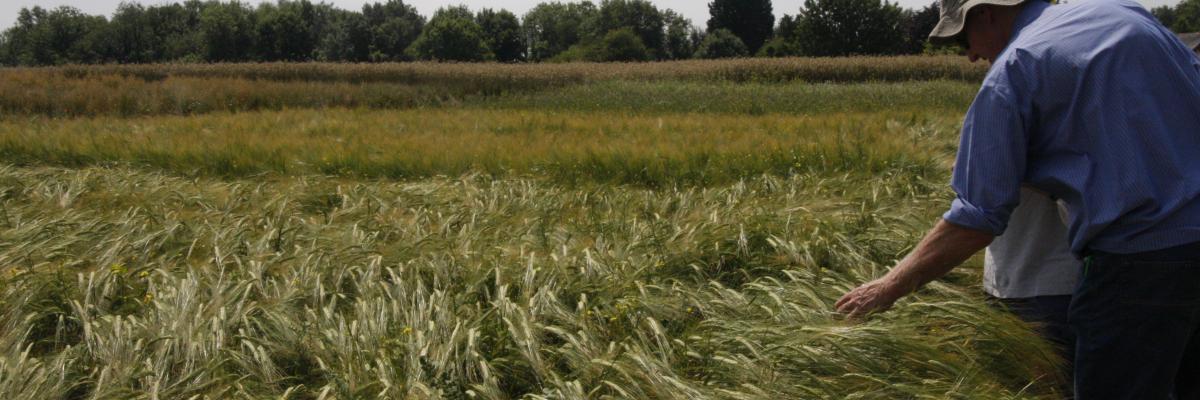

Guidelines for on-farm variety testing
LIVESEED Practice Abstract No. 16
LIVESEED Practice Abstract No. 16
Download the PDF
Resource explained:
This is one of a series of practice abstracts produced as part of the LIVESEED research project. LIVESEED (Boosting organic seed and plant breeding across Europe) is based on the concept that cultivars adapted to organic systems are key for realising the full potential of organic agriculture in Europe. The choice of varieties well adapted to organic conditions are limited. Simple on-farm testing is possible. This is a great quick reference for farmers interested in carrying out some on-farm variety testing and needing some basic guidance. It includes some useful practical tips for testing both direct-sown and transplanted crops.
Findings & recommendations:
Tips include:
- Make sure the size of your beds / strips is suitable for farm machinery you use for sowing, weeding and harvesting.
- Plant small plots in a few different parts of the field, to get several impressions of crop performance.
- Ensure that shading cannot affect plant growth.
- Ensure equal seed vigour of the varieties as much as possible (to avoid differences in crop performance). Use fresh seed and make sure that the plant density is the same if you are direct sowing.
- Make sure you monitor differences between the varieties throughout the season and look at what may be causing these differences i.e. soil conditions or variety performance. You should look at factors such as speed of growth, growth habit, disease tolerance and earliness.
Access the LIVESEED website here. Read about project outcomes and results here.

Summary provided by:
Janie Caldbeck
